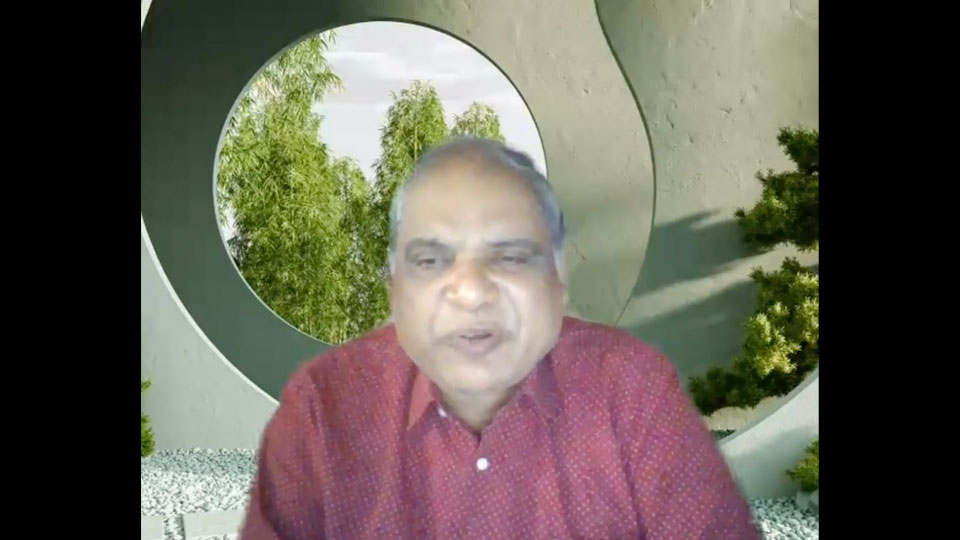Officials at the United Nations are calling it the most significant shift in global demographics since record keeping began.
Data released in April put India's population at 1,425,775,850. That's 3 million more than China, triple the European Union, double the Association of Southeast Asian Nations, and almost the same as all of Africa.
The officials also point out that India is set to gain an extra 10 million people every year.
The growth is partly attributed to a lower infant mortality rate. Government statistics show there were 68 deaths per 1,000 infants in the year 2000, but 28 per 1,000 in 2020.
Life expectancy in the late 2000s was 69.7 years, up from 49.7 in the early 1970s.

Another factor behind India's population growth is that the government has stopped encouraging couples to have no more than two children.
Newfound economic muscle
And all those people are turning India into an economic powerhouse. International Monetary Fund statistics show India's GDP surpassed Britain's in 2021.
By 2027, the IMF expects India will overtake Japan as the world's third-largest economy after the United States and China.
Some of the biggest names in business are taking notice. In April, US tech giant Apple opened its first directly operated store in India. The firm has also announced plans to expand iPhone production in the country.

More people, more problems
At the same time, India is learning that huge populations pose a great deal of challenges, not least when it comes to energy.
Nearly 90 percent of the country's oil and a quarter of its coal are imported, prompting fears that the ever-growing number of people could make securing enough supplies even harder.
"Without sustainable energy, we will face problems in future with industrialization and development", warns Dewaram Nagdeve of the International Institute for Population Sciences in Mumbai.
He's also sounding the alarm about possible food shortages. "India is self-sufficient, but as the population grows there will be much more demand, and we may have a problem without significant investment in agriculture."
India's government will also need to boost employment. The World Bank put last year's jobless rate for people aged 15 to 24 at more than 23 percent.
"The government has to invest much more in education and employment so that there will be job opportunities," says Nagdeve. "How much is invested will determine the demographic dividends."

